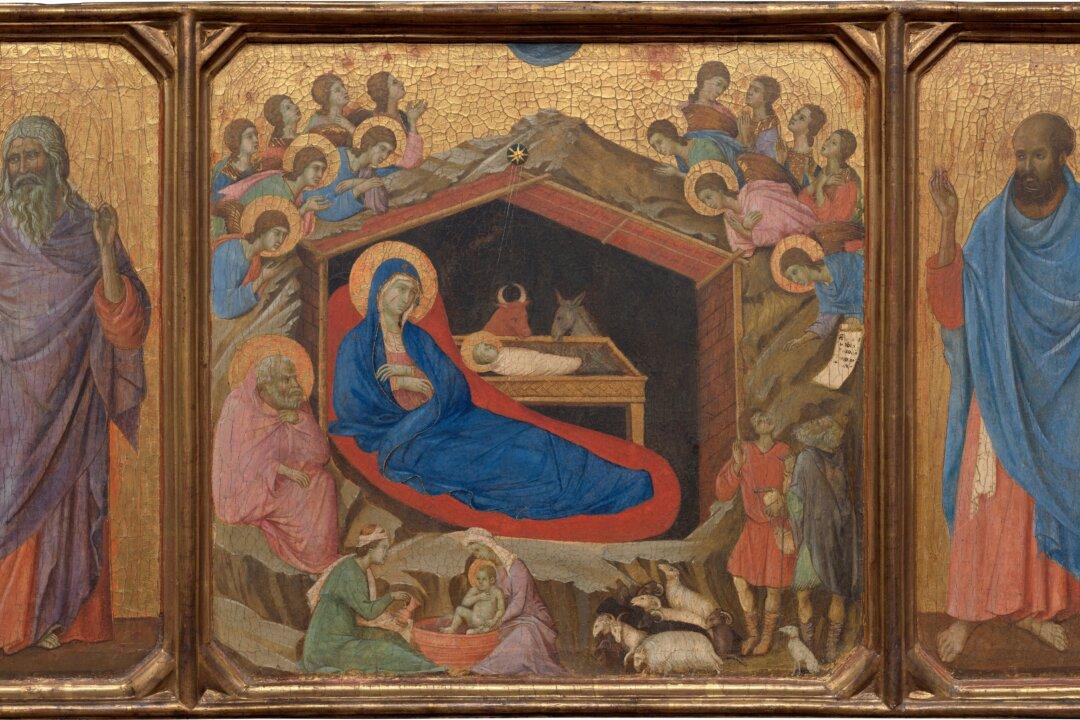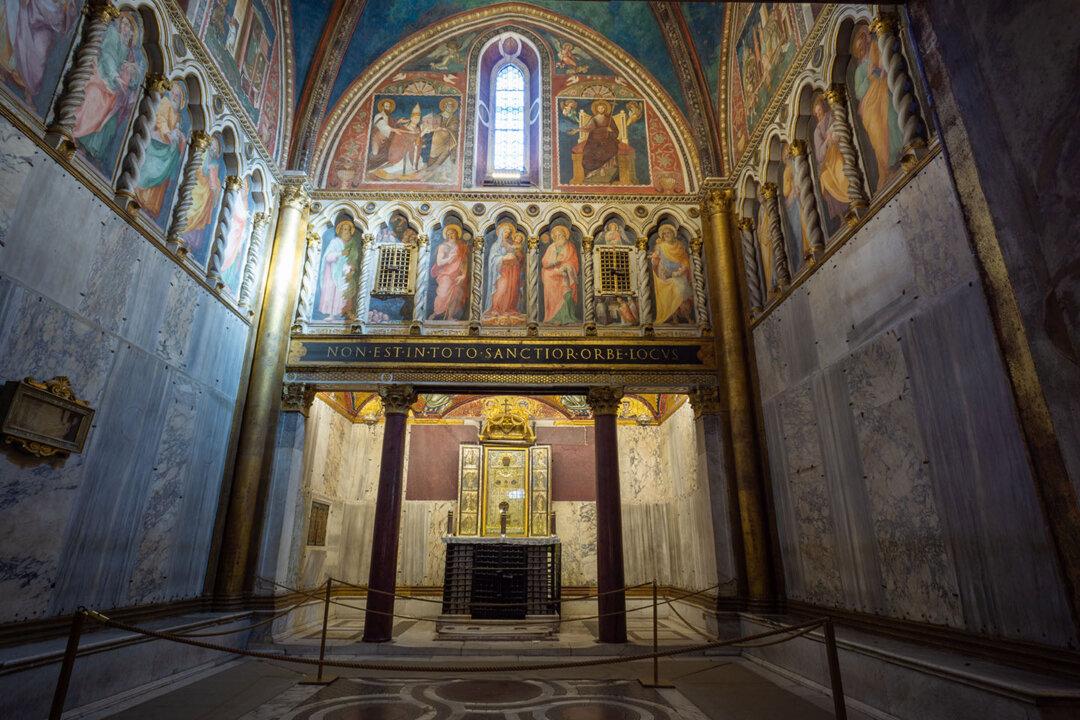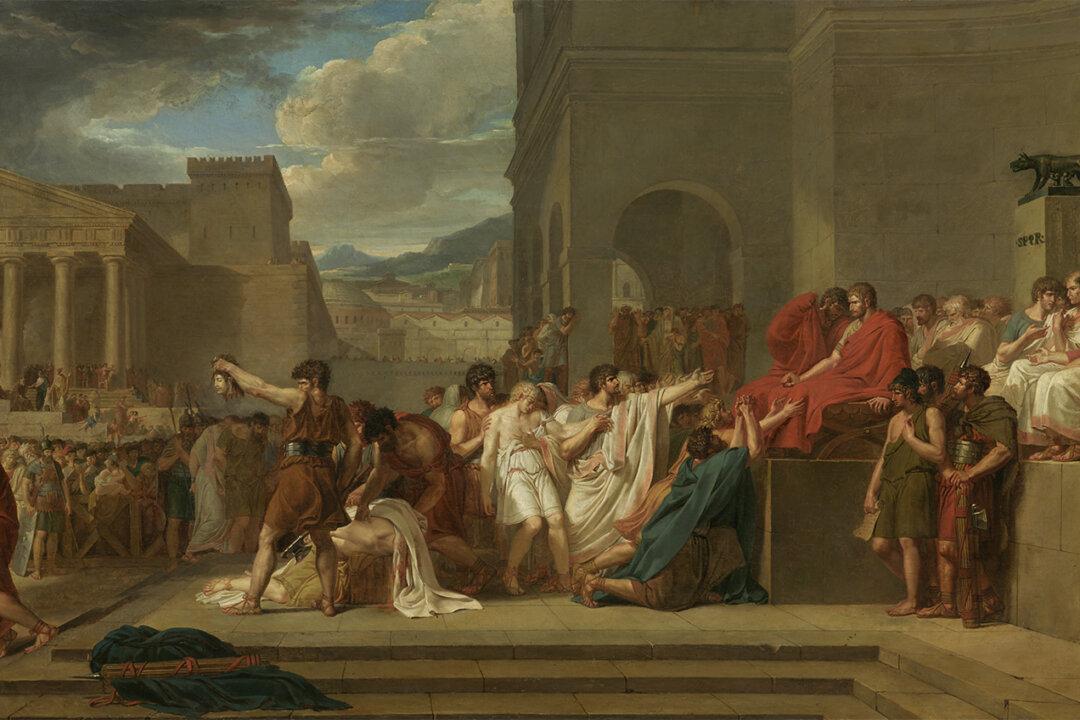On a certain autumn evening in the late 16th century, the Ming Dynasty (1368–1644) scholar-official Li Minbiao (1515–1581) passed by the home of a friend who possessed a handscroll that contained a small landscape painting by Zhao Yuan, a painter who lived two centuries before Li’s time. As was customary at the time, a handscroll had a large section of blank space to the left of the painting for a colophon, a space available for literary men and connoisseurs to write down their commentaries or responses to the artworks they viewed. Impressed by Zhao’s work, Li wrote a short poem in the colophon to record his transcendental viewing experience:
“… On a mundane market day I saw the bearing of this picture of stream and mountain; With a chill wave I suddenly sense my mind opened, Attacked by harsh frost, when the foliage took leave of the branches…”
Li was a literatus, a man of letters who had earned a post in the Ming government through official literary examinations. In these verses, he praised the genius of the painter who had managed to depict every detail of a beautiful landscape in a mere eight-inch-tall picture. He specifically noted his own emotional response of refreshment and tranquility in the presence of the work.His viewing of Zhao’s landscape took him, for however brief a moment, out of his busy routine and away from the worldly troubles that had haunted his mind. Through this visual interaction, he was able to mentally enter the painting and feel the peacefulness conveyed by the stream, the mountains, the vegetation, and the secluded residence—an idealized hermitic lifestyle that many literary men like him desired.





